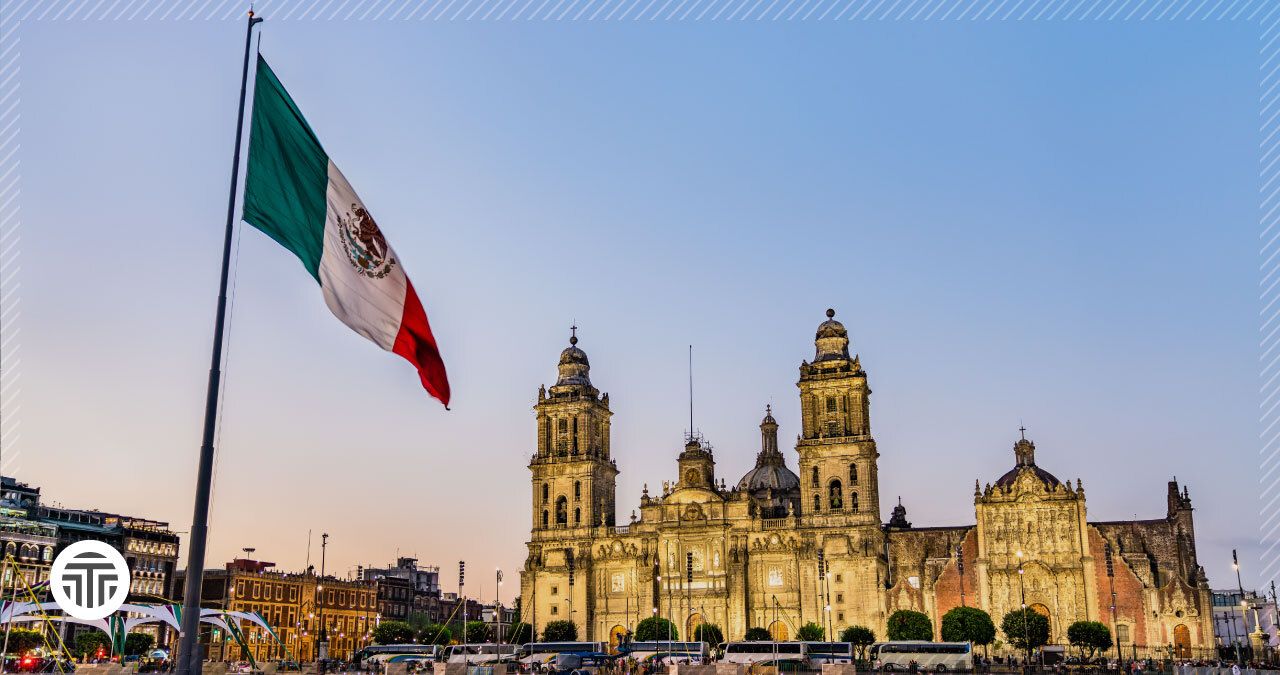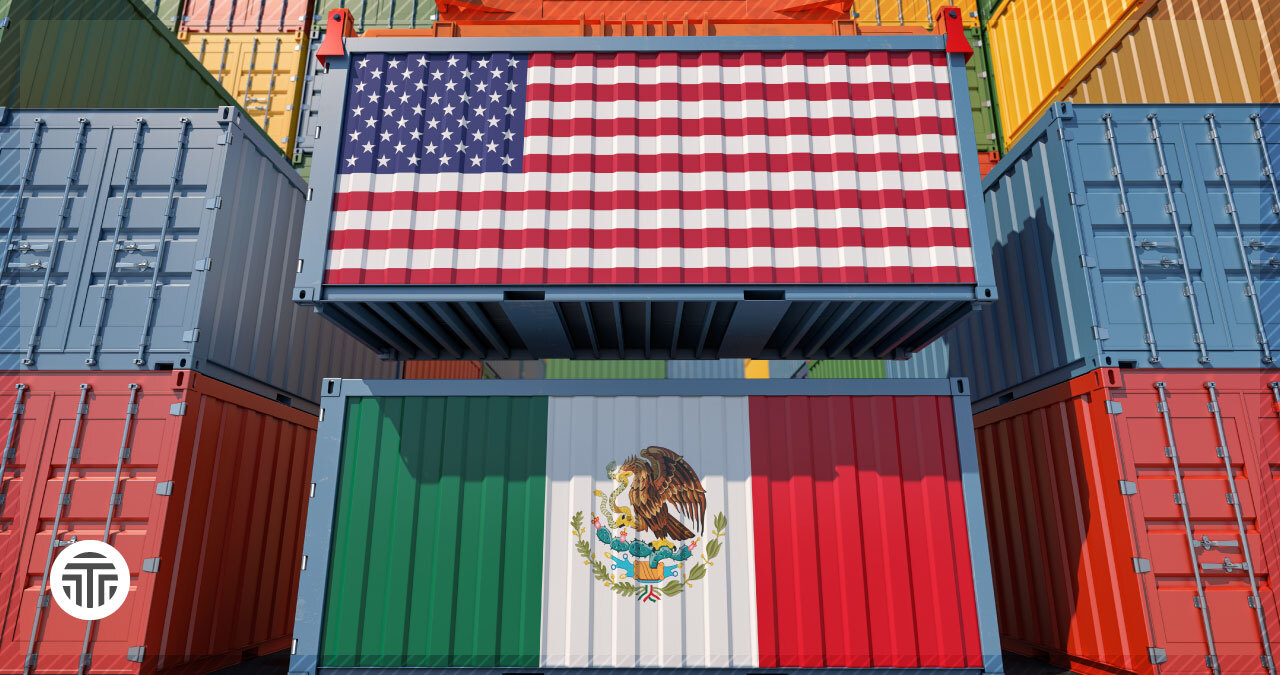The process that foreign companies need to follow when setting up industrial operations in Mexico
9 de May de 2023

As legal and notary advisors with over 20 years of experience, we have conducted a thorough review of our information, taking into account Mexico's strategic location and its potential for nearshoring.
Our goal is to answer some important questions about the process that foreign companies need to follow when setting up industrial operations in Mexico. While the methodology will vary depending on the specific project, we hope that the information we present here will be useful for any industrial projects you may be considering in Mexico.
What approach and methodology should an entrepreneur follow to select the site of an industrial warehouse in Mexico?
Selecting the right site for an industrial warehouse in Mexico requires a methodical approach. Here are some steps an entrepreneur could follow to determine the site selection:
- Determine the business requirements: The entrepreneur should first identify the specific business requirements that the industrial warehouse needs to meet. For example, they may need to consider the size of the warehouse, proximity to suppliers, access to transportation infrastructure, and availability of skilled labor.
- Identify potential locations: Once the business requirements are established, the entrepreneur should identify potential locations in Mexico that meet those requirements. This could be done by researching different regions and cities in the country, and assessing factors such as economic stability, tax incentives, and workforce availability.
- Evaluate infrastructure: The entrepreneur should evaluate the infrastructure of each potential location. This includes assessing the quality of roads, ports, and airports in the area, as well as the availability of utilities such as electricity, water, and telecommunications.
- Assess labor force: Next, the entrepreneur should assess the local labor force. This includes evaluating the availability of skilled workers, as well as the education and training programs available in the area.
- Consider legal and regulatory factors: The entrepreneur should also consider legal and regulatory factors that may impact the operation of the industrial warehouse. This includes assessing the local regulatory environment, as well as compliance with Mexican labor laws and regulations.
- Conduct site visits: Finally, the entrepreneur should conduct site visits to each potential location. This will allow them to assess the suitability of each site in person and make an informed decision based on their observations.
By following these steps, an entrepreneur can effectively evaluate potential locations for an industrial warehouse in Mexico and make an informed decision that supports their business objectives.
What factors are critical for the success of a project that intends to establish an industrial plant in Mexico?
Establishing an industrial plant in Mexico as part of a nearshoring strategy can offer many advantages, but also presents some challenges. Here are some critical factors to consider for the success of such a project:
- Location: The location of the plant is critical for success. Factors to consider include access to transportation infrastructure, proximity to suppliers and customers, as well as availability of skilled labor.
- Regulatory environment: Understanding the local regulatory environment is important for compliance with Mexican laws and regulations. This includes labor laws, environmental regulations, and tax laws.
- Workforce: Availability of skilled labor is key to the success of any manufacturing operation. Understanding the local labor market, including wages, training programs, and availability of specialized skills, is important.
- Supply chain: Establishing a robust and reliable supply chain is critical for the success of an industrial plant. This includes identifying local suppliers and understanding the logistics of importing raw materials and exporting finished goods.
- Infrastructure: Availability of high-quality infrastructure, including roads, ports, and airports, is important for efficient transportation of goods and materials.
- Security: Ensuring the safety and security of the plant and its employees is important. This includes understanding the local crime rates and developing appropriate security measures.
- Cultural differences: Understanding and respecting the local culture is important for building positive relationships with employees, suppliers, and customers.
By carefully considering these critical factors, an entrepreneur can increase the chances of success for their project to establish an industrial plant in Mexico as part of a nearshoring strategy.
What should the team in charge include in the project foundation plan, and what should be included in the specific site selection checklist for the company?
To ensure the success of a nearshoring project in Mexico, the team in charge should develop a solid project foundation plan and site selection checklist. Here are some key elements that should be included in both:
Project Foundation Plan:
- Business Objectives: Define clear business objectives, including cost savings, increased production efficiency, improved quality control, and increased customer satisfaction.
- Project Scope: Clearly define the scope of the project, including the type of industrial plant to be established, the size of the facility, and the timeline for completion.
- Budget: Develop a comprehensive budget that includes all costs associated with the project, including site selection, infrastructure, construction, equipment, and regulatory compliance.
- Staffing: Identify the staffing needs for the project, including the number of employees required, their skills and qualifications, and the timeline for hiring.
- Project Management: Define the project management structure and identify key roles and responsibilities, including a project manager, site manager, and other team members.
- Risk Management: Develop a risk management plan that identifies potential risks and outlines strategies for mitigating them.
Site Selection Checklist:
- Location: Assess potential locations for proximity to suppliers and customers, transportation infrastructure, and availability of skilled labor.
- Regulatory Environment: Evaluate regulatory compliance requirements, including environmental regulations, labor laws, and tax laws.
- Workforce: Assess the local labor market, including availability of skilled workers, wages, and training programs.
- Supply Chain: Identify local suppliers for raw materials and assess logistics for importing and exporting goods.
- Infrastructure: Evaluate the quality of infrastructure, including roads, ports, and airports, to ensure efficient transportation of goods and materials.
- Security: Evaluate the security of the site and surrounding area to ensure the safety of employees and assets.
- Culture: Assess cultural differences to ensure positive relationships with employees, suppliers, and customers.
By including these key elements in the project foundation plan and site selection checklist, the team in charge can effectively plan and execute a successful nearshoring project in Mexico.
Is it convenient for a foreign company to carry out a build to suit project in México?
The decision of whether a foreign company should do a build-to-suit project in Mexico will depend on several factors, such as the size and specific needs of the company, as well as real estate market conditions and government regulations in Mexico. In general, a build-to-suit project involves the construction of a specific industrial facility for the needs of a particular company. This can be beneficial for a foreign company that wants to establish operations in Mexico, as it allows them to design a facility that is exactly tailored to their specific needs and requirements. Additionally, by owning the facility, the company would have greater control over its costs and operations. However, doing a build-to-suit project can also require a higher initial investment and longer construction time than other existing property rental or purchase options. In addition, the company could face additional challenges in terms of permits and government regulations for the construction of new facilities. In summary, doing a build-to-suit project can be an attractive option for a foreign company looking to establish operations in Mexico, as long as the relevant factors are carefully considered and a thorough evaluation of the potential costs and benefits is made.



